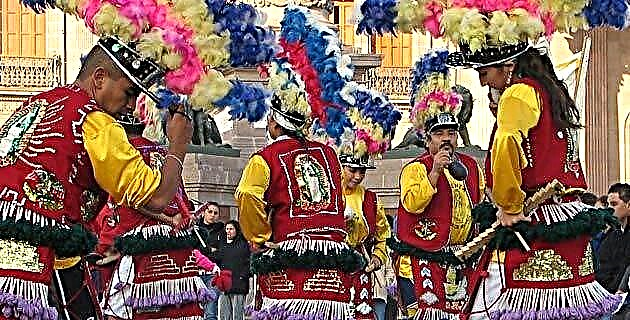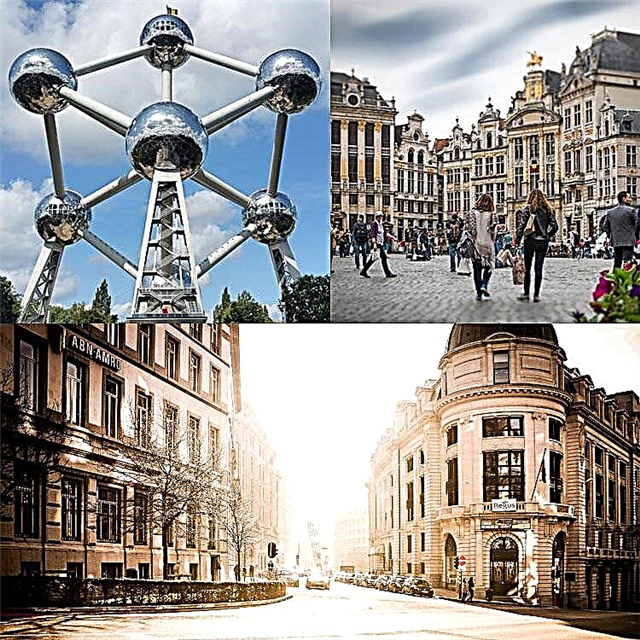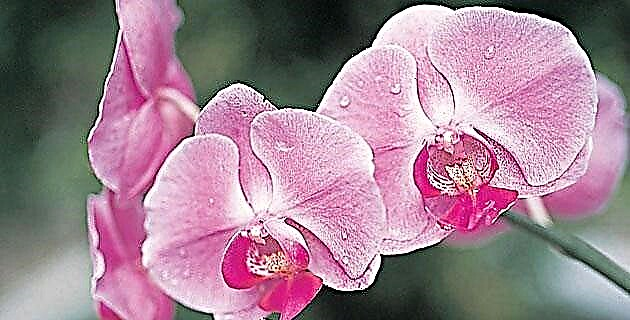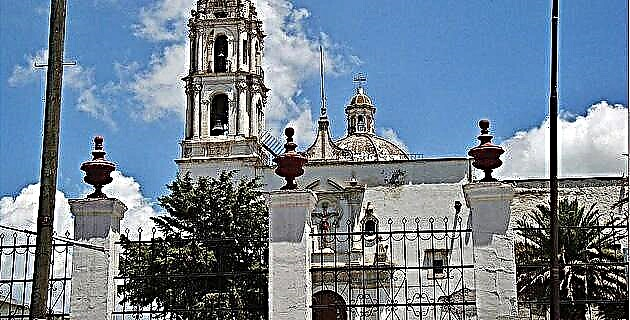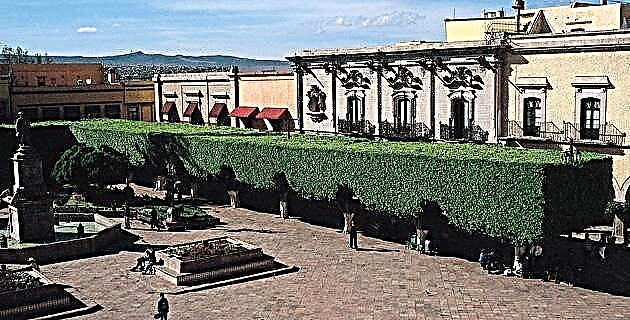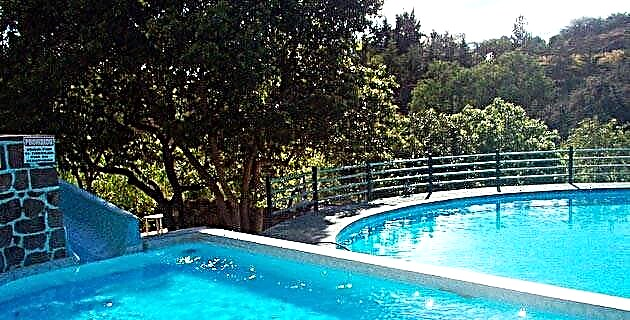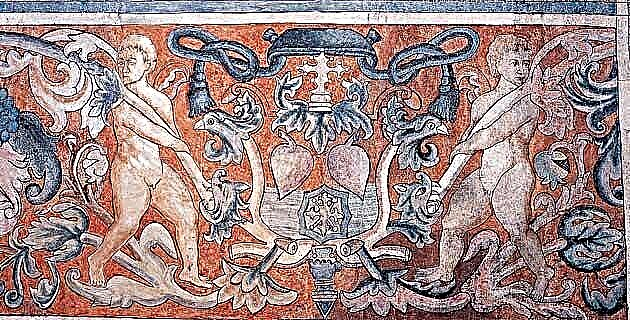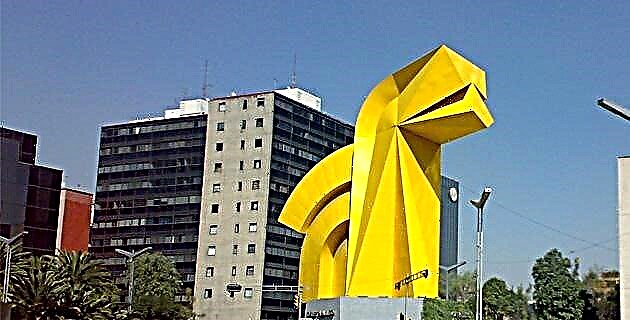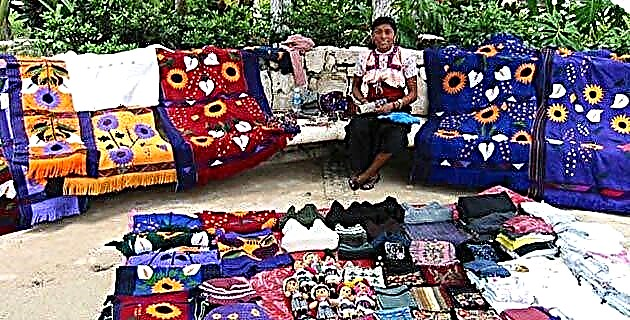
The artisan manifestations of the indigenous people of Chiapas are splendid and very varied. Speaking particularly of the textiles with which they make their clothes, the vast majority are made on a backstrap loom.
The outfits vary according to each group; For example, towards Ocosingo the women wear a blouse with a round neckline embroidered with flowers and an embroidered tulle lace; her skirt or tangle is black and is decorated with colored ribbons.
For their part, the Lacandons wear a simple white tunic, although they also wear a ceremonial cotton, whose cloth is made of wood pulp, decorated with astronomical symbols. Going up to the Highlands of Chiapas we find the elegant suit of the man from Huistán, which consists of a white cotton with embroidered flowers, wide pants at the knees, a red belt with hanging tips and a flat hat. The woman wears an embroidered shawl. In Carranza, the woman's skirt sports an embroidered Mayan cross on the front, with frets at the end; The women weave their huipil, shawl and men's shirt from fine cotton; they wear wide trousers, tight at the ankles, with embroidered colored circles.
Other magnificent outfits are those of Tenejapa. The huipil is woven with Mayan fretwork, as is the black wool shawl. Men's shorts and girdle are embroidered on the edges. These garments are similar to those worn by the Chamula and the indigenous people of Magdalena Chenalhó. Also in Larráinzar the huipiles wear red frets, the girdle is also red and the shawl is white with black stripes. The Zinacantecos wear a white and red striped cotton with embroidered flower garlands, a shawl on the shoulders and a low top hat from which comes a flow of colorful ribbons. The woman wears a richly embroidered blouse and shawl. Finally, the costume of the Chiapas mestiza is composed of a wide skirt and a round neckline blouse with lace, all in tulle embroidered with large colored flowers.
As for other handicrafts, in Amatenango del Valle and Aguacatenango they make the ancient three-handled jug with which the mountain ranges transport water, as well as utensils and figurines of animals (jaguars, pigeons, owls, chickens) made of clay. Also noteworthy are the gold and silver jewelery and the wonderful pieces of amber. In San Cristóbal we find jade, lapis lazuli, coral, rock crystal and river pearl jewels, in addition to the excellent blacksmith work in the houses and in the famous Passion Crosses, symbol of the city.
With the woods, from the most common to the most precious, sculptures, altars, utensils, furniture, planked gates, coffered ceilings, lattices, arches with colonnades, etc. are carved; In this area we cannot fail to mention the cheerful marimba, which is made with very fine woods.
In Chiapa de Corzo, lacquer is worked in the traditional style, with sand and natural pigments, in pieces such as xicapextles, jícaras, bules, niches and furniture, and Parachicos masks are also made. The Lacandones make bows and arrows, pipes, ritual figures, and drums.
The toy store throughout the state is abundant and ingenious, the "Zapatista" dolls being very famous today. On the other hand, at parties or ceremonies scaled flower chandlery, masks and colorful costumes are widely used.
Source: Tips from Aeroméxico No. 26 Chiapas / winter 2002

